Prices in AUD. Shipping worldwide. Flat rate $8 postage per order within Australia. International by weight calculated at checkout. Read full terms.
-
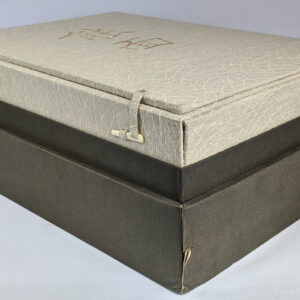

Nomen / Noh Masks
AU$5,500.00 Read MoreAdd to cartYasuo Nakamura; Naomi Maki
Kyoto: Shinshindo, 1979.A beautifully presented collection of masks used in the classical Japanese dance-drama Noh. Each plate, photographed by Naomi Maki, is mounted in an individual folder with tissue guard, housed in a portfolio case, and includes an index sheet. An accompanying explanatory volume written by Yasuo Nakamura goes into detail on the subject, as well as containing black and white photographs of the reverse sides of the masks. The portfolio and accompanying volume are housed inside of another cloth clamshell with two bone clasps, which in turn is housed in another box. Yasuo Nakamura (1919-1996) was a Japanese high school teacher, junior college professor, and Noh scholar, producing numerous works on the subject from the 1960s until his death. His scholarship on this collection of masks earned him the Geijutsu Sensho Prize from The Agency for Cultural Affairs.
-

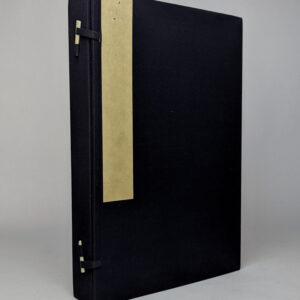
Illustrations of the Japanese Species of Bamboo
AU$1,850.00 Read MoreAdd to cartIsuke Tsuboi
Gifu and Tokyo: Kawada Teijiro and Hatsubaijo Maruzen Kabushiki Kaisha, 1916.The Tsuboi Bamboo Atlas comprises 109 loose colour lithographs of Japanese bamboo varieties with an English title page and index together with an 80 page book in Japanese. Presents examples of root systems, stems, with and without flowers and leaves, cross-sections, abnormalities, and fungus, at various scales, with Japanese and Latin titles, and English captions.
-
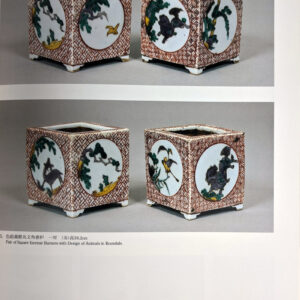
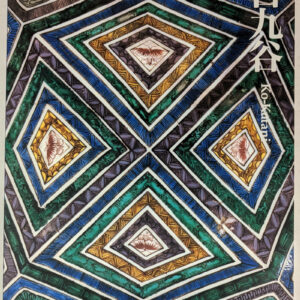
Ko-Kutani
AU$150.00 Read MoreAdd to cartIdemitsu Museum of Arts
Tokyo: Idemitsu Museum of Arts, 2004.A detailed catalogue of Ko-Kutani Japanese porcelain from the Idemitsu Museum of Arts collection. Primarily photographs, most of the text is in Japanese with some captions bearing English translation and an essay in English at the rear.
-

The Lajjagauri and Anandanayaki: A New Light on the Nature and Worship of the Adi-Mata, the Primordial Mother
AU$40.00 Read MoreAdd to cartRamacandra Cintaman Dhere
Melbourne: Monash University Publishing, 2020.Translated from Marathi and with an introductory chapter and annotation by Jayan Bhalcandra Bapat. “Lajjagauri is perhaps one of India’s oldest goddesses with images of her in South Asia dating back to the Indus Civilisation c. 3,000 to 1,500 BC. Her devotees can be traced back even earlier to the Ukraine c. 10,000 BCE. In India, new finds continue to expand the geographical spread of Lajjagauri’s devotees, most recently to Odisa. Dhere’s work on Lajjagauri is based on tireless pursuits of her image throughout western India. In contrast to the other thousands of Indian goddesses whose images are super abundant, Lajjagauri has become more reclusive as other deities have risen.” (publisher’s blurb)
-

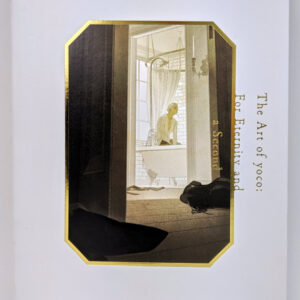
The Art of Yoco: For Eternity and a Second
AU$45.00 Read MoreAdd to cartYoco
Tokyo: Pie Books, 2019.“The Art of Yoco presents the works of Japanese illustrator Yoco. Yoco is an illustrator working in the Boys’ Love (BL) genre, a Japanese form of novel that focuses on homoerotic romantic or sexual relationships between male characters. This is the first book to collect his illustrations, and includes some original works. Yoco is one of the up-and-coming illustrators who is gaining popularity on Social Media and is highly praised among the BL community.”
-
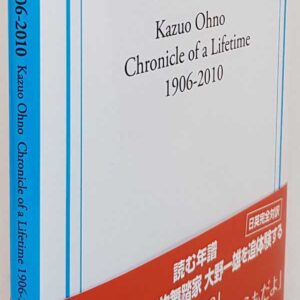
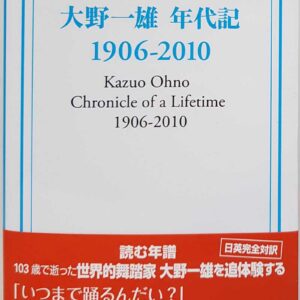
Kazuo Ohno: Chronicle of a Lifetime, 1906-2010
AU$45.00 Read MoreAdd to cartMinoh Tokumitsu; Kayoko Mizobata; Butoh Research Institute
Tokyo: Canta, 2010. -
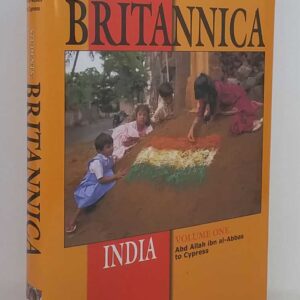
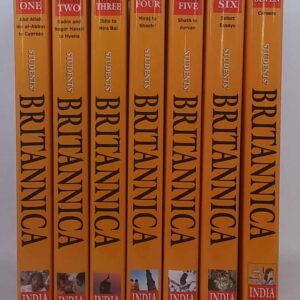
Students’ Britannica India (7 Volumes)
AU$110.00 Read MoreAdd to cartEncyclopaedia Britannica
New Delhi: Encyclopaedia Britannica, 2000. -
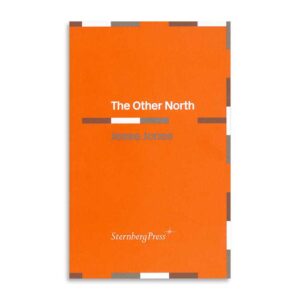
The Other North
AU$30.00 Read MoreAdd to cartJesse Jones
Berlin: Sternberg Press, 2017. -
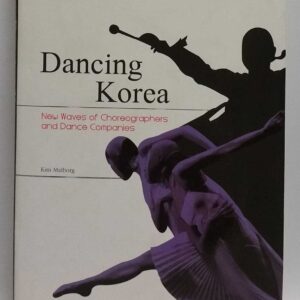
Dancing Korea: New Waves of Choreographers and Dance Companies
AU$20.00 Read MoreAdd to cartKim Malborg
Seoul: Hollym, 2012. -
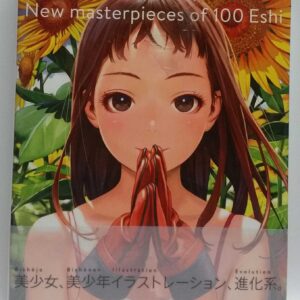
New masterpieces of 100 Eshi: generation 2
AU$45.00 Read MoreAdd to cartKouichi Yabuuchi
Tokyo: BNN, 2013.Includes fold-out poster.
